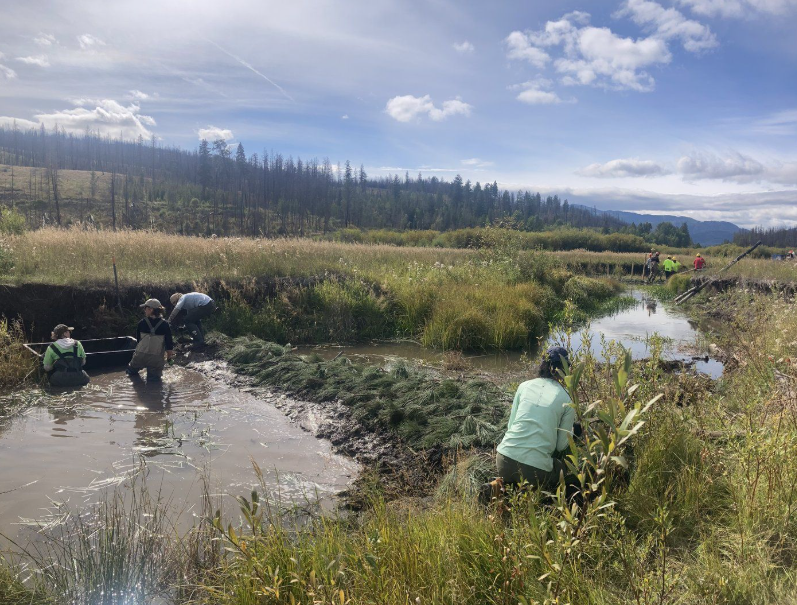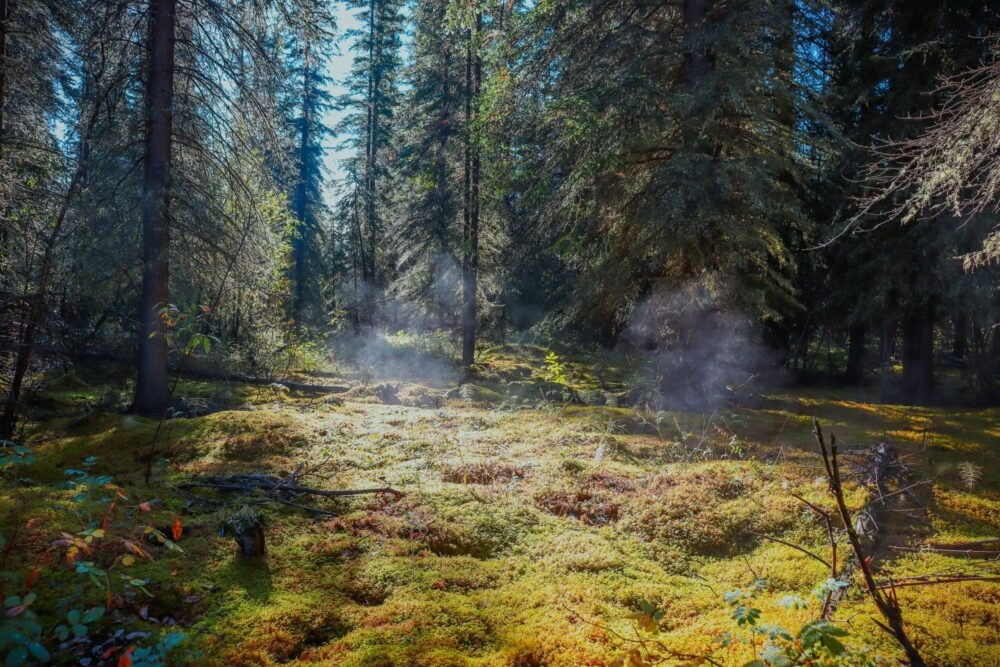B.C. Team Building 100 Beaver ‘Starter Homes’ in the Name of Wetland Preservation

In British Columbia’s real estate market, many people dream of a turnkey starter home in a prime location.
Environmental researchers are hoping the same real estate principles will encourage beavers to move into prebuilt homes in some areas of the province and help improve wetlands.
More than 70 manmade beaver dams have been installed in Interior waterways since the B.C. Wildlife Federation project launched last year with the goal of building 100 dams by the end of 2025.


